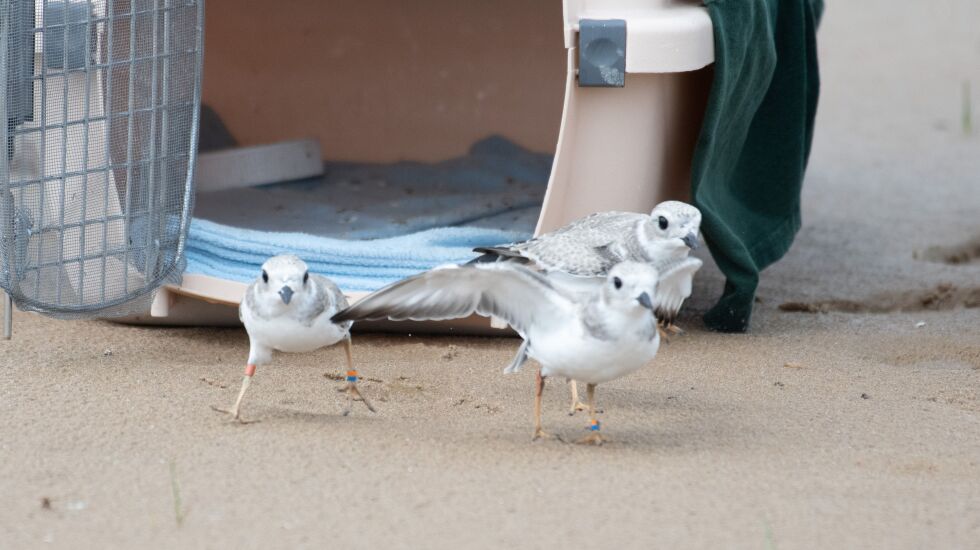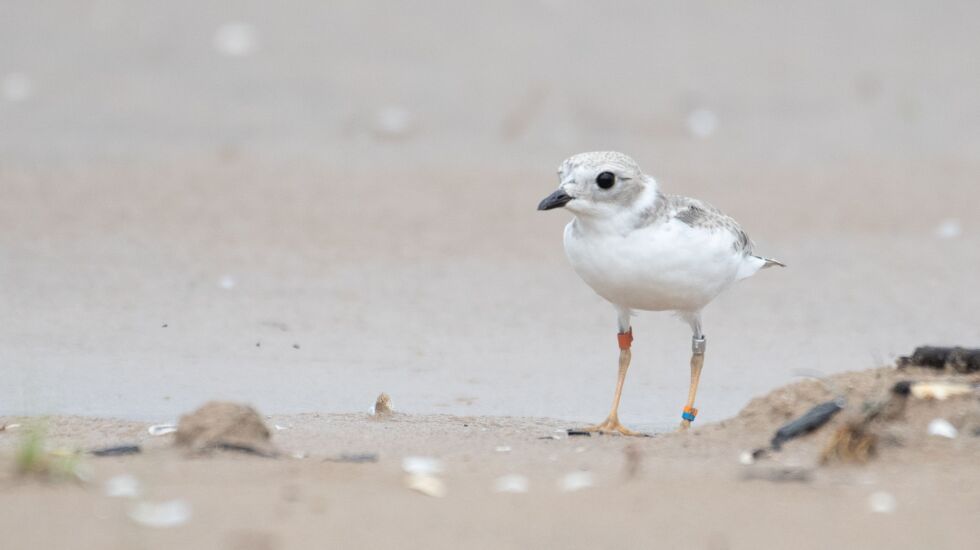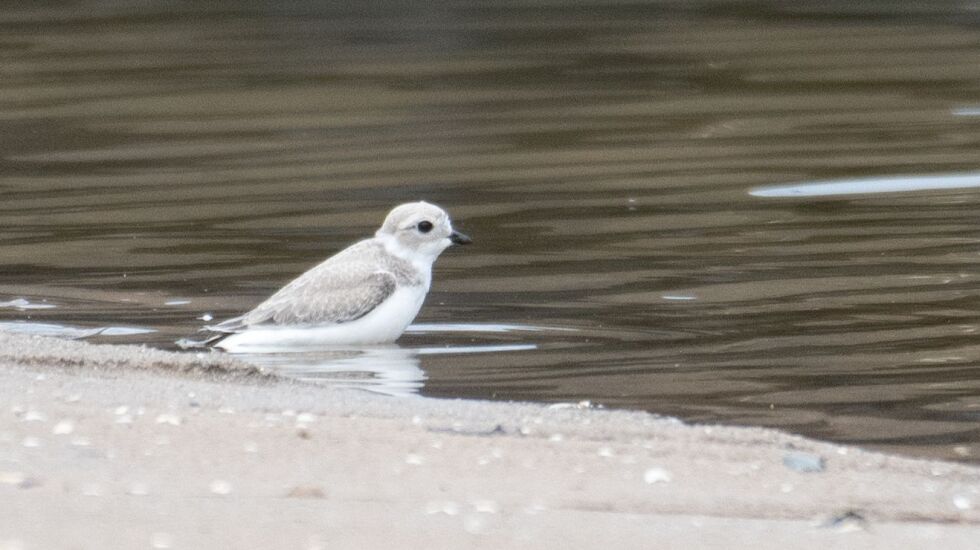
Three endangered piping plover chicks were released into the wild Wednesday at Montrose Beach — the first time plovers raised in captivity were released in Chicago.
The three chicks were set free at a protected site on Montrose Beach as a part of recovery efforts for the piping plovers.
“The support the Chicago community has shown has been a major part of the decision to bring them here,” said Tamima Itani, coordinator of Chicago Piping Plovers.
The Illinois Department of Natural Resources picked up seven chicks from Michigan on Wednesday. In addition to the three now at Montrose Beach, four others were also released at Illinois Beach State Park.
“It’s a really big deal,” Itani said. “A big part of the rationale to bring them here is that the Illinois and Chicago community has shown up for the piping plovers.”

Itani, who was there when the birds were released earlier Wednesday and will continue to watch them daily, said the chicks are just over 30 days old.
“It’s so special we have this opportunity to monitor them, to see how they react to being in the wild, how they deal with being in the wild,” Itani said.
The three chicks, named Searocket, Prickly Pear and Wild Indigo, have been exploring their new environment at Montrose Beach. Their names are a nod to the native plants in the Montrose Beach Dunes Natural Area.
They immediately ran to take a bath in the lake once they were released. One also wandered over to the volleyball courts and another checked out the boardwalk, Itani said.
“They have great personalities, it’s really fun to watch,” Itani said.
Imani, the famous resident piping plover at Montrose, is protective of the chicks and chases away other birds from the beach, Itani said.

The chicks are originally from Upstate New York. Their nest wasn’t viable — meaning their parents had abandoned them — so they were rescued, incubated and raised in captivity at the University of Michigan’s ’s Biological Station until they were ready to be released.
“Releasing captive-reared piping plover chicks in new locations helps to encourage the population to spread throughout the Great Lakes Region,” said Armand Cann, a fish and wildlife biologist with the U.S. Fish and Wildlife Service. “It’s a strategy to reduce the extinction risk to the population. We aren’t putting ‘all our eggs in one basket’ or in this case all our chicks on one beach!”
Itani said she’s optimistic the three will return next year for breeding time, which is also when it will be determined whether they’re male or female.
“The data we have says that 70% of captive reared chicks return to the sites where they’re released, so we’re hoping they’ll come back,” Itani said. “This helps increase the geographic disbursement and diversification of the piping plovers.
“We’re hoping if there’s a female between them there will be a mate for Imani.”
Itani advises anyone hoping to catch a glimpse of Searocket, Prickly Pear and Wild Indigo to keep at least a football field distance from them.
Piping plovers disappeared from Illinois beaches around 1955, according to the Chicago Parks District. They were first seen again nesting in Illinois 60 years later in 2015. By 2019, Montrose Beach fledged chicks for the first time since 1955.
The species is native to the Northern Great Plains, the shores of the Great Lakes and along the Atlantic coast. They migrate during the winter to the southern Atlantic and Gulf coasts and the Bahamas.







